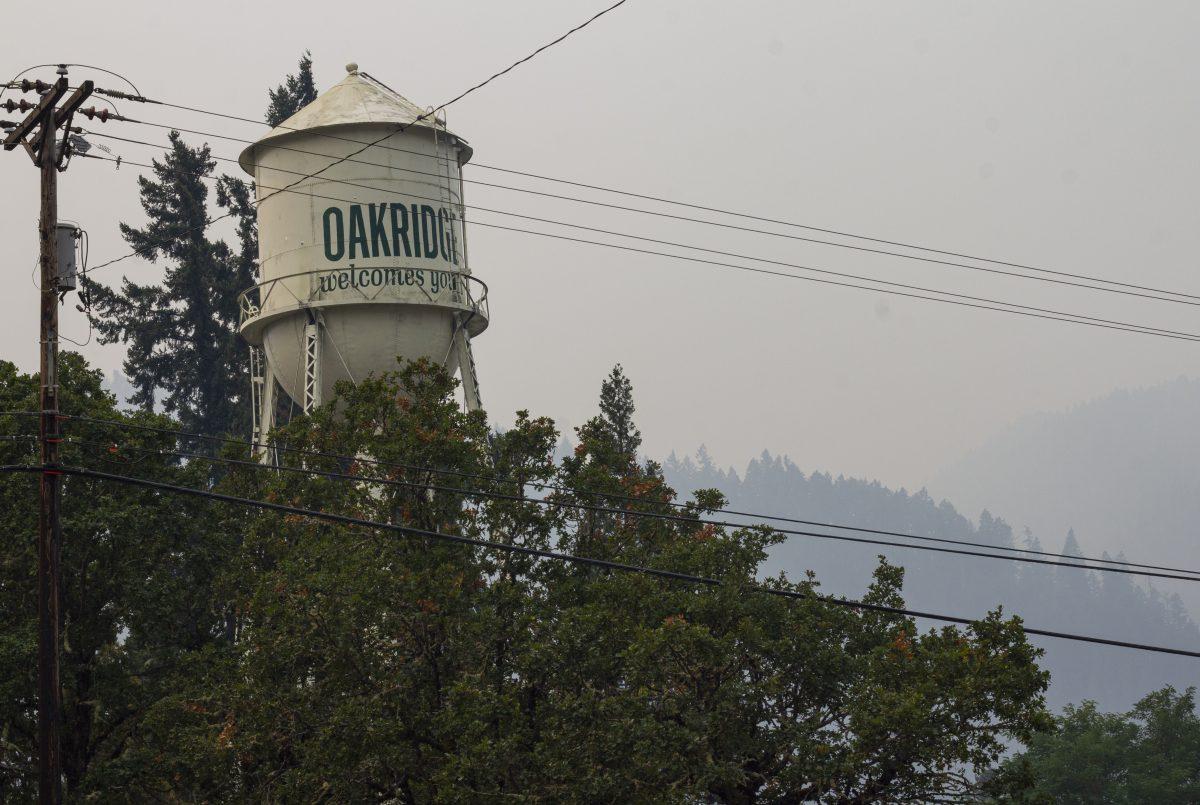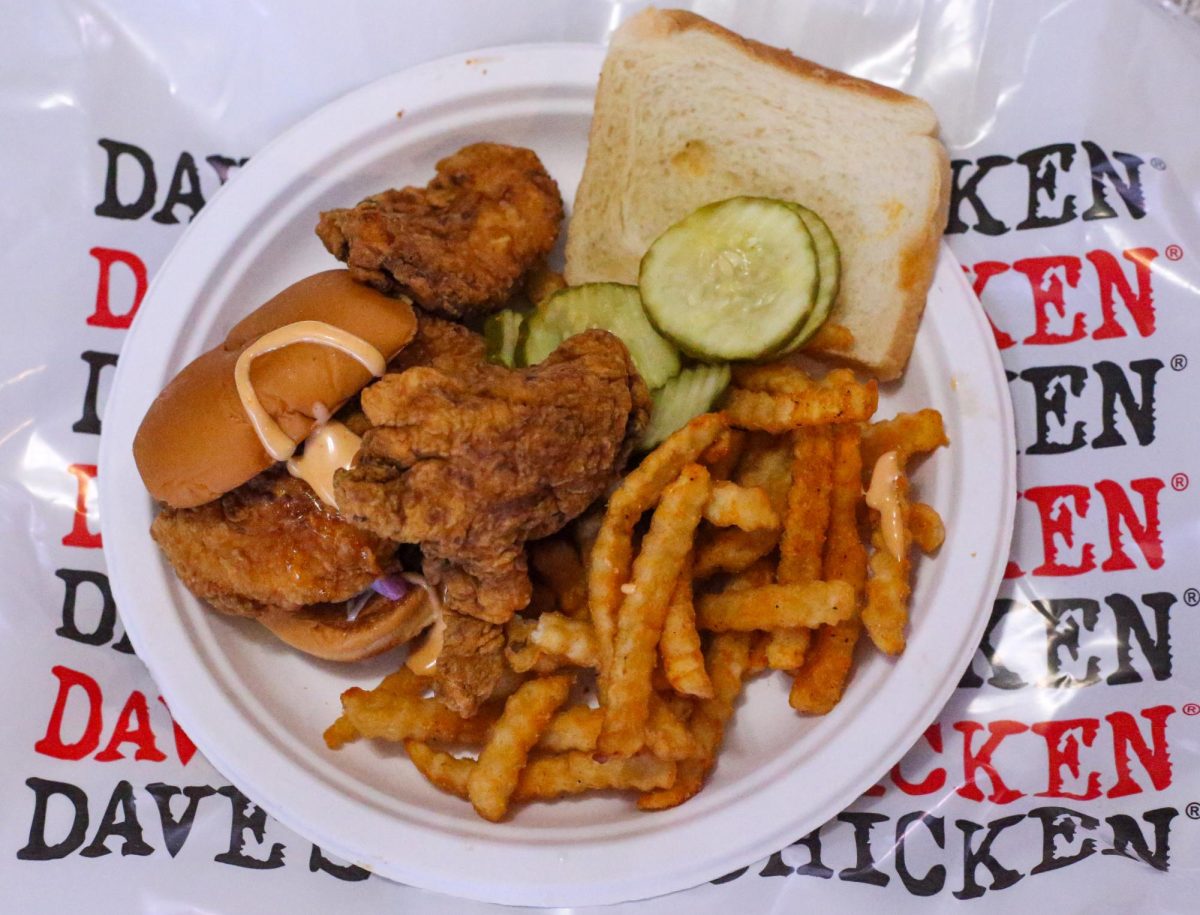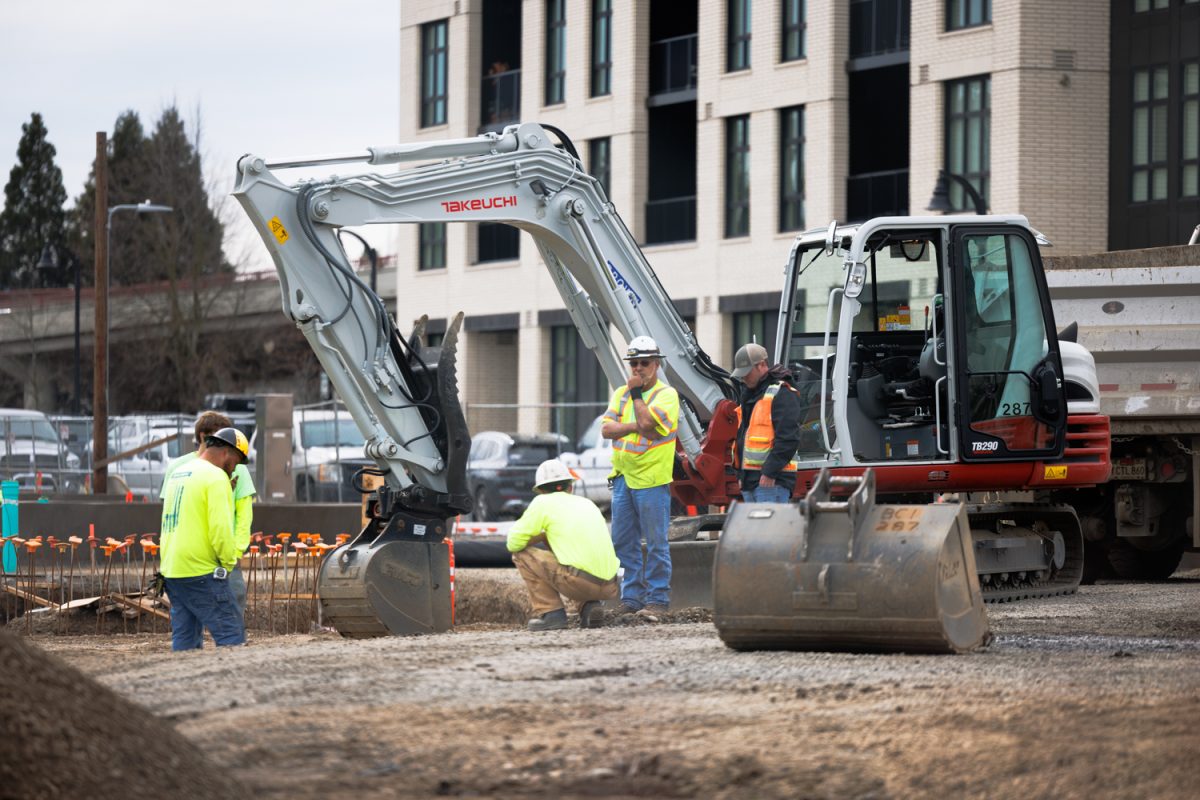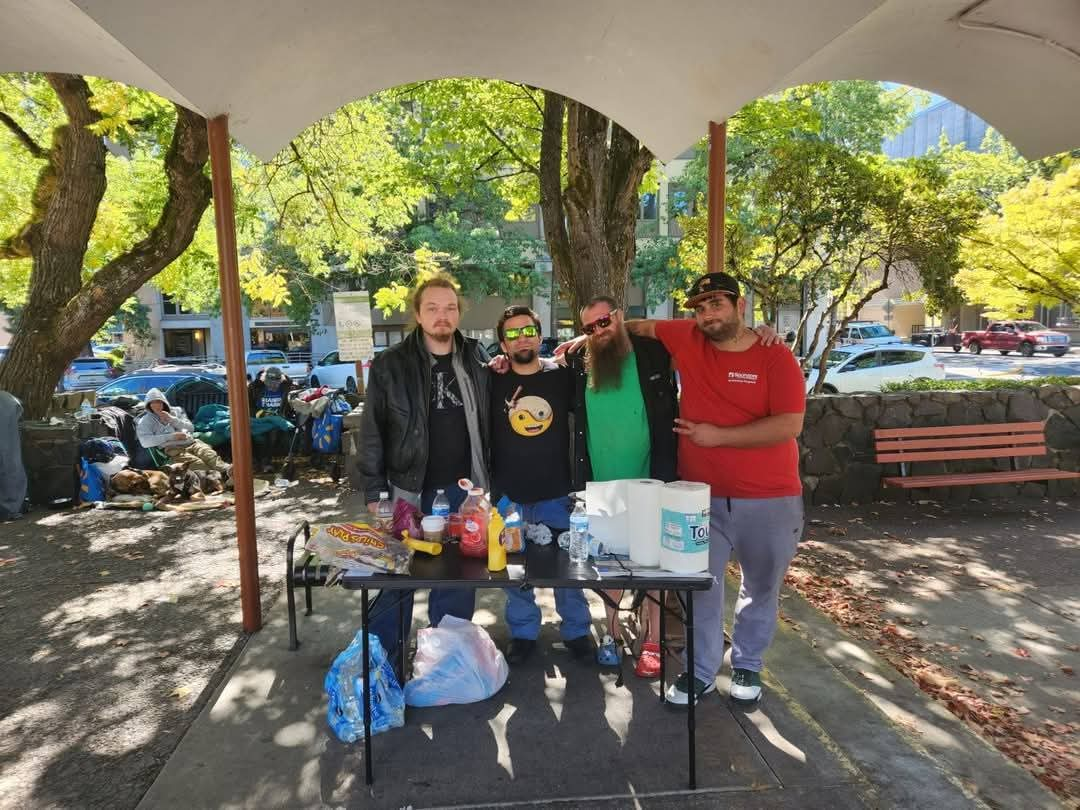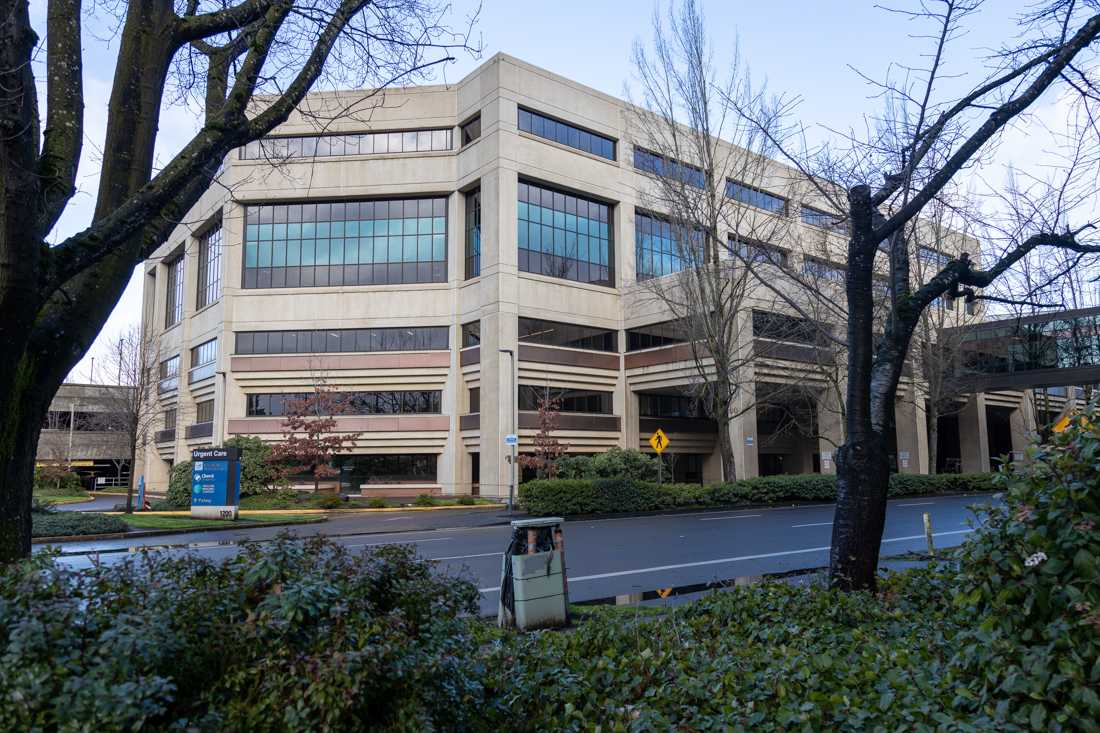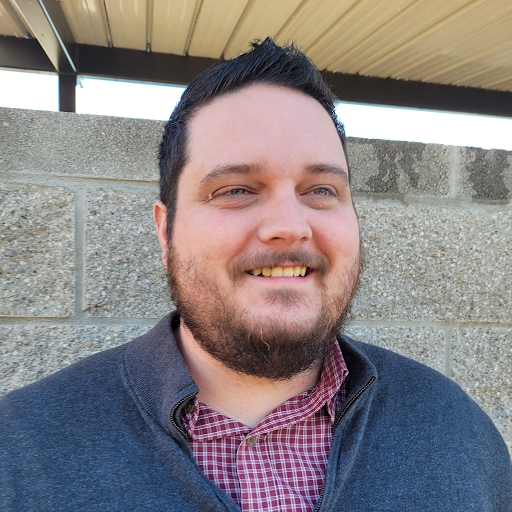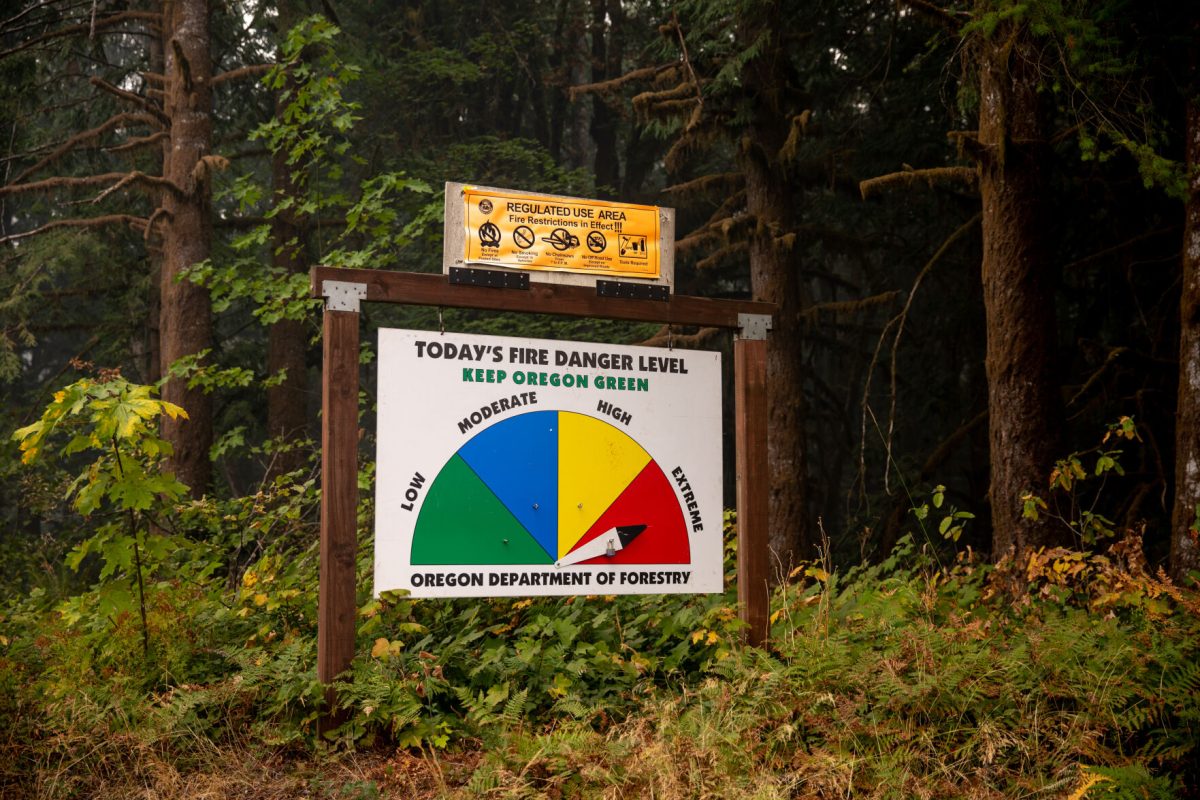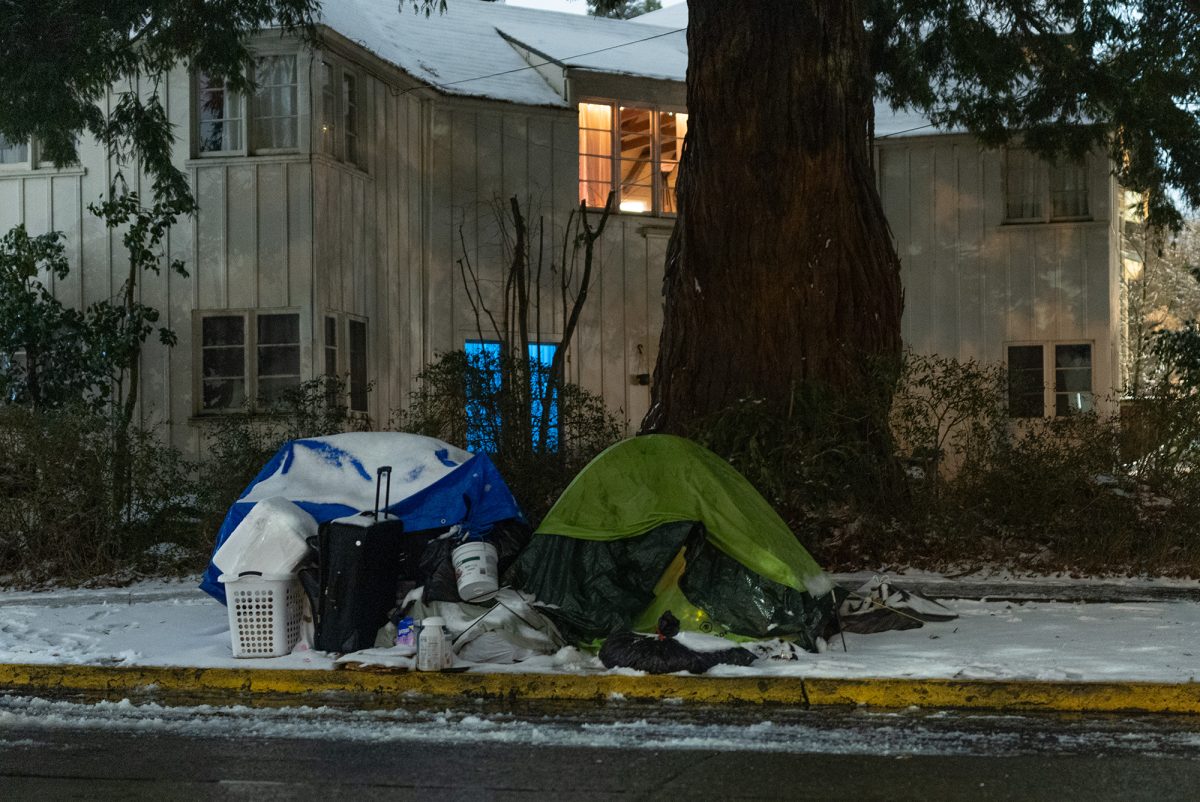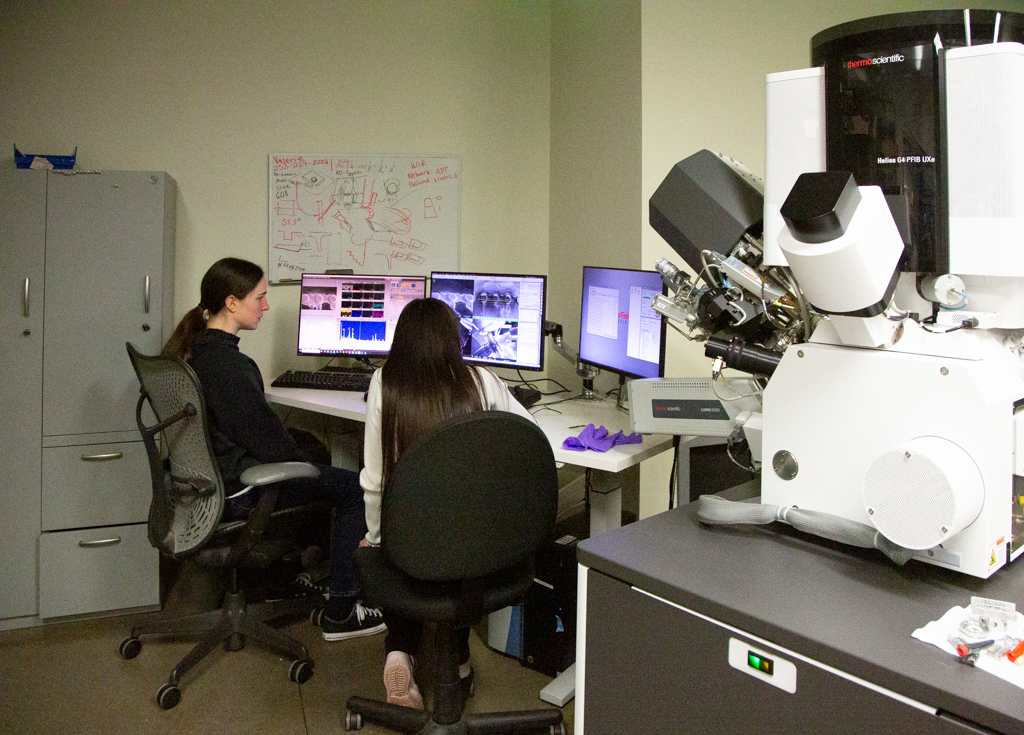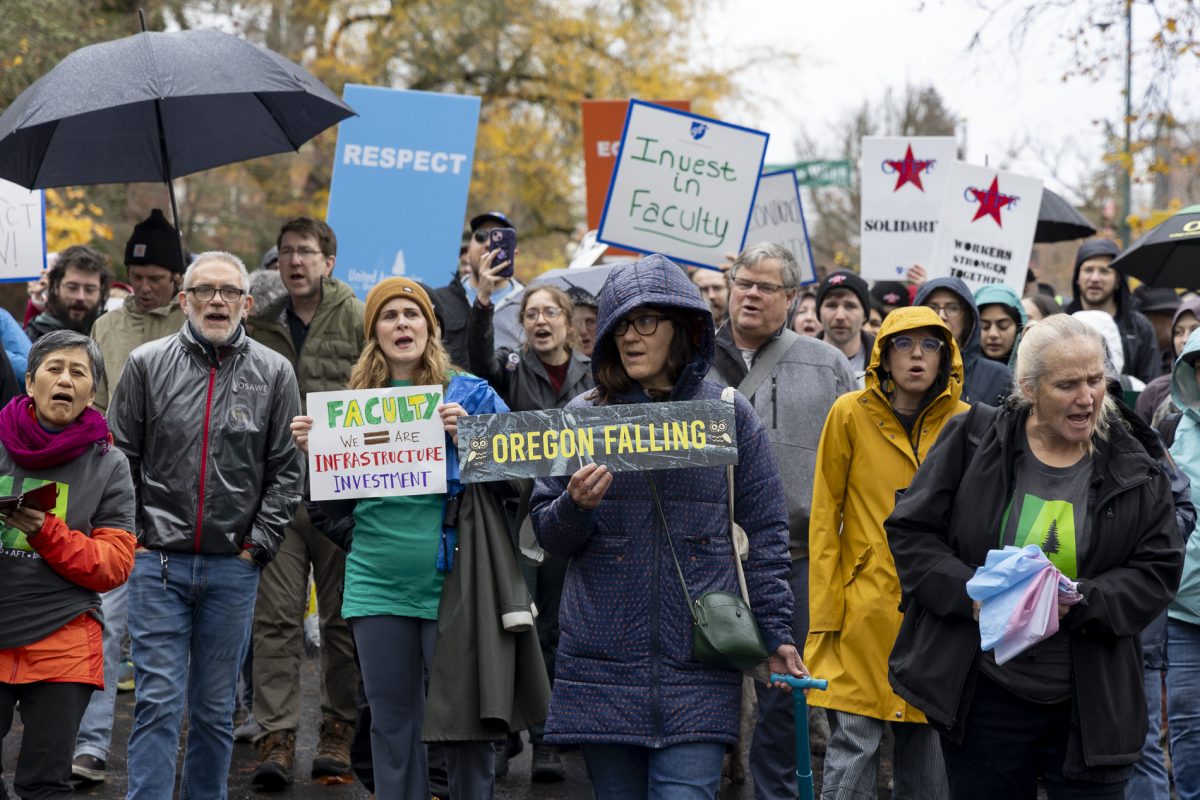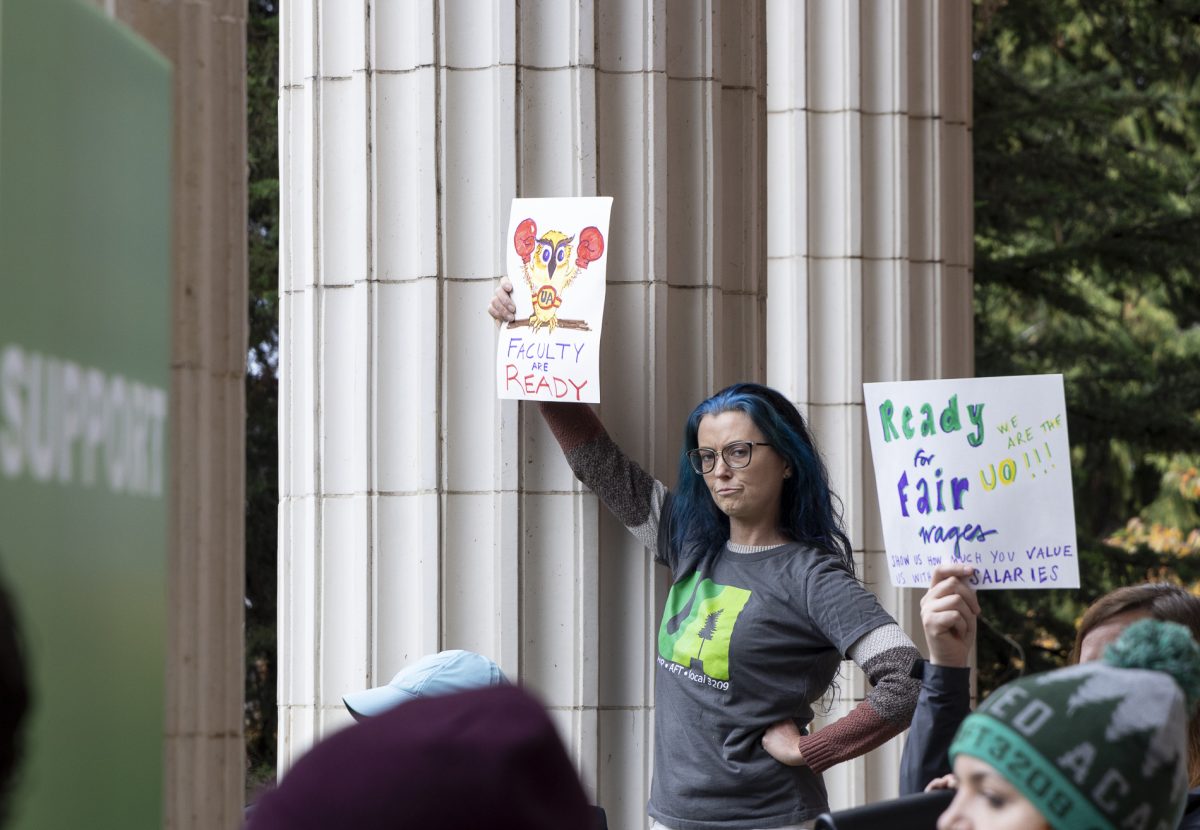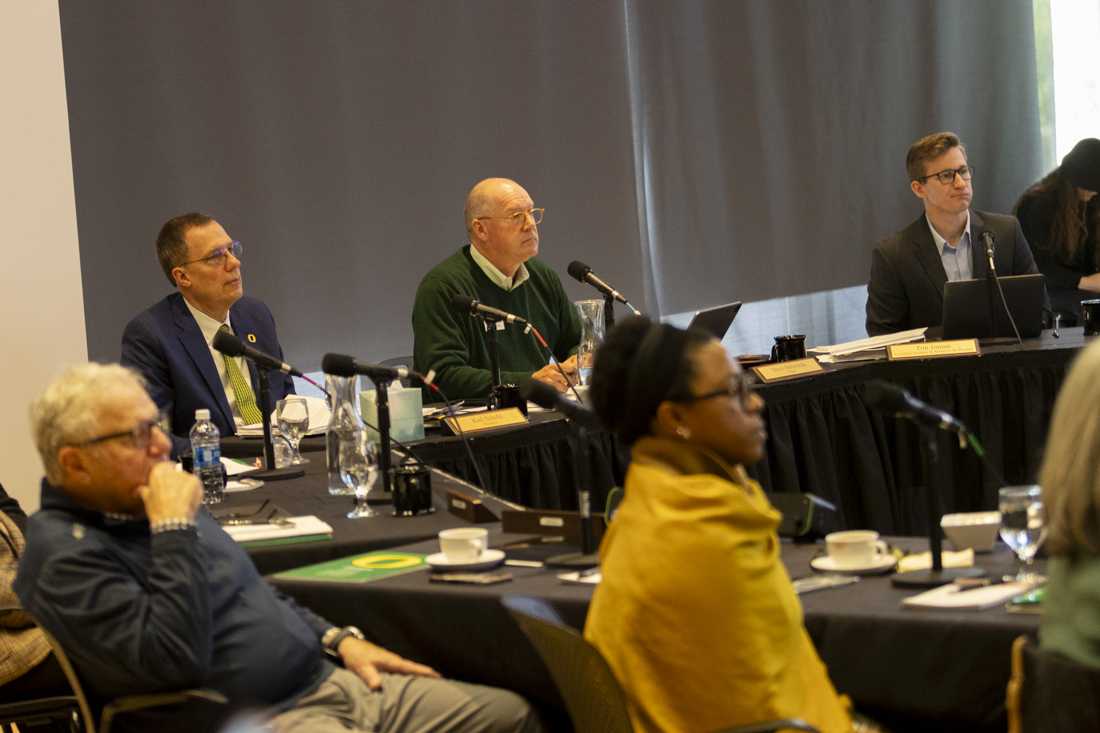Between Sept. 7 – Oct. 29, 2020, the Holiday Farm Fire burned through over 173,000 acres of northeast Lane County communities from Rainbow to Vida, destroying 517 homes in the process according to Lane County Public Information Officer Devon Ashbridge.
“We’re almost three full years out and still haven’t even been able to break ground on our business,” Melanie Stanley said.
Stanley’s home was one of those 517. She’s been able to rebuild it, but hasn’t been able to do the same for her store.
Stanley recalled a recent conversation with a friend where they talked about her progress toward rebuilding her business. “For her, it makes it hard to come through Blue River because my store’s not here,” Stanley said.
According to Lane County Public Information Officer Devon Ashbridge, 136 of the 517 homes lost have been rebuilt, for a recovery rate of 26%. Stanley said this recovery rate is lower than the other areas hit by Oregon’s 2020 fire season.
Fire survivors navigate strict land use rules, rising construction costs, limited assistance from government, insurance and loan providers; and a shrinking community as they work to rebuild theirs.
Legal Barriers: County bureaucracy
Many people want to rebuild their homes, but local land use laws put in place after they were built the first time make it difficult for people to recreate their previous lives.
“Every single strict and stringent rule that could be applied to building in the state of Oregon, Lane County went, ‘sure, we’ll take that one,’” Stanley said.
When Stanley rebuilt her home, her original plan included a garage three feet too close to the road. She chose to shorten the garage by three feet rather than pay $5,000 to go through the three month process of applying for a variance.
But many residents can’t make these adjustments. The most extreme example of this is the riparian zone, an area around a river where construction is not allowed to protect wildlife and drinking water. Many homes are located on land zoned for forest or agriculture. In these areas, the riparian zone is 100 feet from the high water mark, which can be as far as 140 feet from the river, a limit that used to be 20 feet, meaning when the fire came, it was illegal for residents close to the river to rebuild.
“We’ve got these people who have nowhere to build on their property because we added 120 feet to this boundary line,” Stanley said.
Stanley said while the land use regulations developed by the county were done with good intentions, the barriers those rules have placed upon her neighbors’ rebuilding efforts have been unnecessarily burdensome on those whose property was destroyed.
“I think that a lot of people are just stuck on what’s best for the environment and the ecological side of things, which I don’t disagree with because Eugene needs our water and we need our water, but we also can’t keep people from coming home,” Stanley said.
The county has taken some action to reduce these barriers. People can apply to build inside the riparian zone, but it’s a lengthy process that has mostly been undertaken by those with the most resources, who tend to be rebuilding second homes.
Another one of these barriers is the Blue River Drive right-of-way setbacks. Right-of-way setbacks include a road and the area next to it where building isn’t allowed so the road can be widened or utilities can be added later if needed.
When most of Blue River was constructed, these setbacks were 40 feet in downtown Blue River and 60 feet in the surrounding area. But the county has since increased them to 50 and 80 feet, limiting the space home and business owners have to rebuild.
In Stanley’s case, she and her architect realized they would have room to rebuild her store but not its parking lot. “We were joking about zip lines and tuck-and-roll as you drove by and all those other things and I’m like, ‘that’s not going to be really conducive to a good customer service experience.’”
County employees recognized this hurdle and held a community meeting to discuss it at McKenzie High School on Jan. 14, but it took until April 25 to get a public hearing with county commissioners.
“Our building has already totally been designed,” Mary Sherman, secretary for the O’Brien Memorial Library told commissioners at that hearing. “Taking away any of the space that we have now will definitely impact our plans that have already been developed, and we really would like to start building now. So any delay in that by having to redesign and start over would be very counterproductive.”
Commissioners granted the exception at the meeting, but the over three month process shows how long it takes to get these barriers removed.
“We still have a ton of people that are not even sure that they can rebuild or will rebuild because they’re just tired,” Stanley said. “They can’t fight with the county anymore.”
Financial Barriers: Construction costs and stingy insurance
Even for people who overcome the legal barriers, the financial ones are just as prohibitive.
Brandi Ferguson is the board secretary for McKenzie Community Land Trust, a new nonprofit looking to build affordable housing in the McKenzie River Valley, which Stanley is also a board member of.
Ferguson estimated that on average, construction now costs 40% more than it did when the people who lost their homes built them. Insurance, for those who had it, usually only covers that original cost.
Stanley added that insurance is also usually limited to just the house. Exterior costs like redrilling a well to replace one contaminated in the fire are rarely covered, Stanley said.
Stanley described herself as “one of the most well insured people in the 97413 zip code.” Every year she would call her insurance agent and re-up coverage for her home and business. But according to her insurance, it wasn’t enough to keep up with rising construction costs.
“I was insured for half-a-million dollars on the building, but it’s going to cost a million and a half to rebuild it,” she said.
As a result, most of the people rebuilding in the McKenzie Valley are ones that can afford those major costs, Ferguson said.
“What we’re not seeing is that kind of working class and middle income housing coming back,” Ferguson said. “And as we’re trying to rebuild a community — we need housing for everybody.”
So far, McKenzie Community Land Trust has secured funding for six homes in downtown Blue River. It plans to add projects throughout the McKenzie corridor, but like all affordable housing nonprofits, it’s limited to the money it can get from governments and in donations.
Community Barriers: A lack of people and businesses
Stanley said her friend told her Blue River will feel more like home and people will be encouraged to return once Stanley’s store is back.
Stanley feels the same way, but has had trouble finding the money to rebuild. Governments including Lane County have stepped in to provide some of the money for rebuilding homes and infrastructure, but there’s no fund like that for businesses.
Instead, she’s been exploring private-sector loans, but those aren’t much easier to access.
“We have half the people who we don’t even know what their income looks like anymore because most of them have had to take half their retirement and put them into their rebuilds because their insurance didn’t cover everything,” Stanley said. “And the other half of the people we’ve lost because they had to move or they have not chosen to come back.” Stanley said.
This makes her and other McKenzie Valley business owners unattractive loan prospects, she said.
As people like Stanley work to rebuild their businesses, people who are looking to hire struggle to fill those spots. Darren Cross is the district ranger for the forest service’s McKenzie River Ranger District and another member of the McKenzie Community Land Trust.
Since many people left the McKenzie Valley after the fire and there are few homes for people who would like to move there, hiring is difficult for people like Cross. “We have people either not apply, or they do apply and then once they figure out what the cost of living is and/or how far they would have to drive … they turn it down,” he said.
This goes both ways. “It’s kind of a chicken and the egg when you’re talking about recovering a community. You have to have housing and people so that you can have an economy,” Cross said. “Without the people, you don’t have the recovery. Without the recovery, you don’t really have the people.”
Lane Tompkins, president of the McKenzie Community Land Trust and superintendent of the McKenzie School District has had the same challenge. Even with an administrator’s salary, he couldn’t afford a home in the school district and commutes an hour from Eugene, a commute he recognizes not everyone can make.
“It’s been a challenge to attract and retain staff members when getting into the area home market is tough,” Tompkins said. “There’s just no starter homes in the area.”
For Holiday Farm Fire victims, the road to recovery continues.
“It’s always interesting to find out how many folks in Eugene think everything should be rebuilt and get right back to normal. It’ll be five to ten years before that happens,” Ferguson said.
Forest debris and logged trees sit at the base of a scorched forest next to the Mckenzie River near the Leaburg Dam. Nearly a year after the Holiday Farm Fire tore through the Blue River community, evidence of its destruction can still be found in the blackened trees and barren home foundations left behind by those displaced by the fire.




